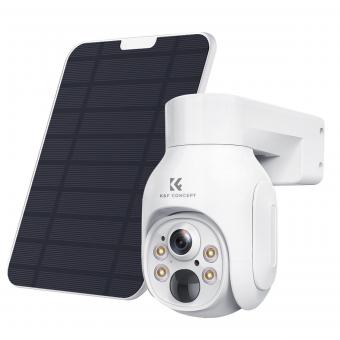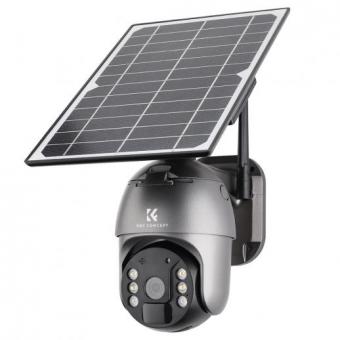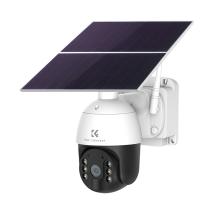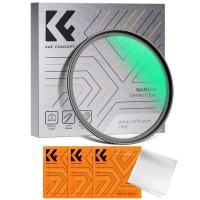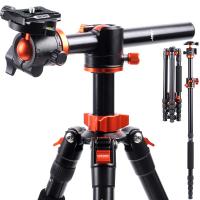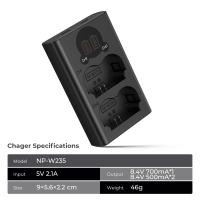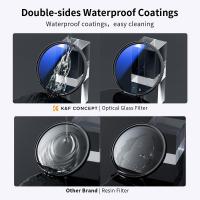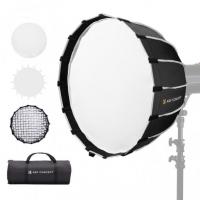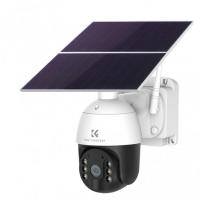What Makes Solar Panels Work?
Harnessing the Power of the Sun: Understanding How Solar Panels Work
Solar panels have become a ubiquitous sight across rooftops, fields, and even on water surfaces. As clean, renewable energy sources gain precedence over fossil fuels, understanding the mechanics behind these marvelous devices becomes increasingly important. This comprehensive guide aims to unravel the science, technology, and practical aspects of what makes solar panels work.
The Science Behind Solar Panels

Photovoltaic Effect

At the core of solar panel functionality lies the photovoltaic effect, discovered by French physicist Edmond Becquerel in 1839. The photovoltaic effect is the process of converting light (photons) into electricity (voltage). When photons from sunlight strike a material (typically, a semiconductor), they knock electrons loose from their atoms. If a conductive path is present, these free electrons can be captured, creating an electric current.
Semiconductors and Silicon

Most solar panels are made using silicon, a semiconductor material. Silicon is abundant and has properties conducive to the photovoltaic effect. When silicon atoms are arranged in a crystal lattice, they form a structure that can efficiently convert sunlight into electrical energy. Two types of silicon-based layers are usually employed: n-type (negative) and p-type (positive). The junction between these two layers forms an electric field, which aids in the movement of electrons, generating a flow of current when illuminated by sunlight.
Components of a Solar Panel

Photovoltaic Cells
The basic building block of a solar panel is the photovoltaic cell. Each cell is made up of two layers of silicon, one n-type and one p-type. When sunlight hits these cells, the photovoltaic effect occurs, generating an electric current.
Encapsulation
Photovoltaic cells are fragile and need protection from environmental factors like moisture and mechanical shock. Encapsulation involves encasing these cells in materials such as ethylene-vinyl acetate (EVA) to provide durability and longevity.
Glass Covering
A high-transparency glass covering is placed atop the encapsulated cells, offering an additional layer of protection while allowing maximum sunlight to pass through.
Frame
A robust frame, usually made of aluminum, holds everything together. It provides structural support and ensures the solar panel can be mounted on various surfaces.
Junction Box
The junction box at the back of the panel serves as the terminal point for electrical connections. It includes bypass diodes that protect the individual cells from overheating and damage in case of partial shading.
How Solar Panels Generate and Supply Electricity
Direct Current (DC) and Inverters
Solar panels produce electricity in the form of Direct Current (DC). However, most household appliances and the electric grid operate on Alternating Current (AC). Therefore, an inverter is used to convert DC to AC.
Net Metering and Grid-Tied Systems
In grid-tied systems, the solar-generated electricity can be fed back into the grid. Net metering policies allow homeowners to receive credit for the surplus electricity they supply to the grid, thereby reducing their overall utility bills.
Off-Grid Systems
For remote areas, off-grid systems use batteries to store excess electricity generated during the daytime. These systems are invaluable where grid access is unavailable or unreliable.
Efficiency and Technological Advances
Types of Solar Panels
- Monocrystalline: Made from single-crystal silicon, these panels are highly efficient and space-efficient but more costly to produce.
- Polycrystalline: Made from silicon crystals, these panels are slightly less efficient but more affordable.
- Thin-Film: These are made by depositing photovoltaic material on a substrate. They are less efficient compared to crystalline-based panels but are flexible and lighter.
Emerging Technologies
Research is ongoing to improve solar panel efficiency:
- Perovskite Cells: These promise higher efficiency and lower production costs.
- Bifacial Panels: These can capture sunlight from both sides, increasing the energy yield.
- Floating Solar Farms: Placed on water bodies, these mitigate land use issues and offer cooling effects that can enhance efficiency.
Practical Considerations for Installation
Location and Orientation
The effectiveness of a solar panel system depends significantly on its location and orientation. Panels should be placed where they receive maximum sunlight exposure, typically facing south in the Northern Hemisphere and north in the Southern Hemisphere.
Angle of Inclination
The angle at which the panels are installed also affects their efficiency. Ideally, the angle should be adjusted according to the latitude of the location to maximize exposure to sunlight year-round.
Maintenance
Solar panels require minimal maintenance. Regular cleaning to remove dust, leaves, or snow can help maintain efficiency. Periodic inspections ensure that all components, including the inverter and wiring, are in good condition.
Financial Considerations and Incentives
Cost
The initial cost of installing a solar panel system can be high. However, the long-term savings on utility bills, combined with government incentives, make it a financially viable option.
Government Incentives
Many governments offer tax credits, rebates, and other incentives to reduce the financial burden of installation. These incentives can significantly lower the payback period for the investment in solar panels.
Environmental Impact
Reduction in Carbon Footprint
By harnessing solar energy, you significantly reduce your carbon footprint as opposed to relying on fossil fuels. Solar power is clean, emits no greenhouse gases during operation, and lessens dependence on non-renewable resources.
End-of-Life Disposal and Recycling
The industry is also focusing on sustainable disposal and recycling solutions for end-of-life solar panels to minimize their environmental impact.
Solar panels represent a marvel of modern engineering and a crucial component in the shift towards sustainable, renewable energy. Understanding how they work—from the photovoltaic effect and semiconductors to the complexities of grid integration—enables us to make informed decisions about their use and installation. As technology continues to advance, we can expect even greater efficiency, affordability, and versatility from solar power systems, paving the way for a cleaner and more sustainable future.








